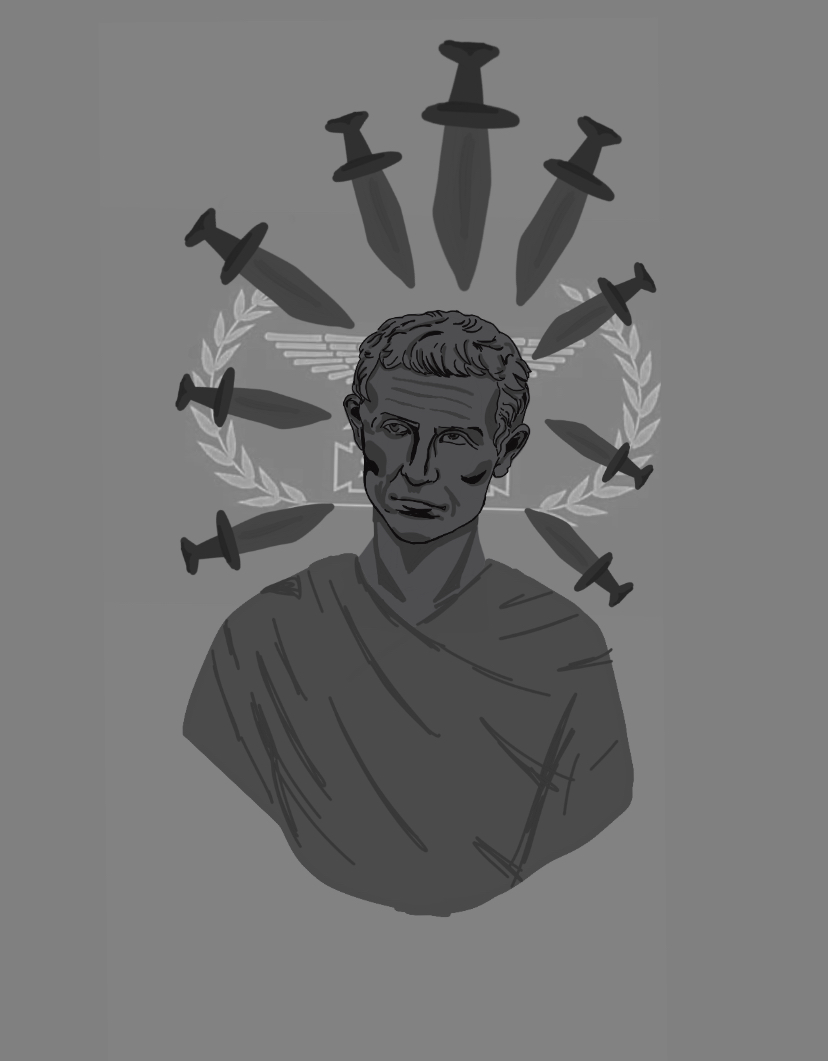Art is a term in which many people have used and heard through the many centuries of its existence. It is described as a way for one to express themselves, and ever since around 30,000 years ago, it continued to serve the same purpose. From primitive times, it told stories, and in more modern times, the emotions and thoughts of its creator. From music, to writing, to paintings, art is found everywhere and is mostly accepted in these forms. But there is one art form in which people can’t see eye to eye. Photography.
For a long while, people have debated back and forth on whether or not photography should be considered an art form. Most people argue that there isn’t much behind everyday professional photos since on the surface it looks like the simple act of clicking a button and therefore it is unable to be called art.
However, most of these arguments fall under the play of ignorance since there is much more to taking a photo than simply pointing and pressing a button.
Like many other art forms, the process of taking photos takes time. Patience forms a big part of the process since it is important to make sure everything is right. From the angle to the lighting, everything must be exact.
Composition is the main backbone behind every art piece, even those that aren’t visual pieces. Behind the composition lies many compositional rules that every visual artist mostly follows such as leading lines, rule of thirds, color, contrast, size, negative space, framing and so many more.
It is these rules, these visual concepts and guidelines that make photography one of the best forms of art. Anyone can take a photo, that much is true. But not everyone can make a photo. And taking vs making makes all the difference.
Anyone can take a simple photo to capture a moment in time, and those same photos can carry a sense of melancholy, nostalgia or other such feelings much like modern art pieces. So even with lower effort photos such as those can elicit similar feelings to the viewing of an art piece.
And perhaps even a step further, professional photos carry nearly double or triple that amount of emotional weight. Even the slightest change in positioning, color, or contrast can make all the difference. It can drastically change the tone, the drawn out emotions, that feelings a person gets when looking at the photo.
It’s this ability to draw out emotions or see the world in a different light, which run parallel between photography and other forms of visual art, that make photography not just the simple action of clicking a button, but a great form of art in its own right.




